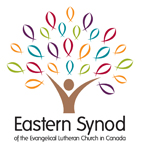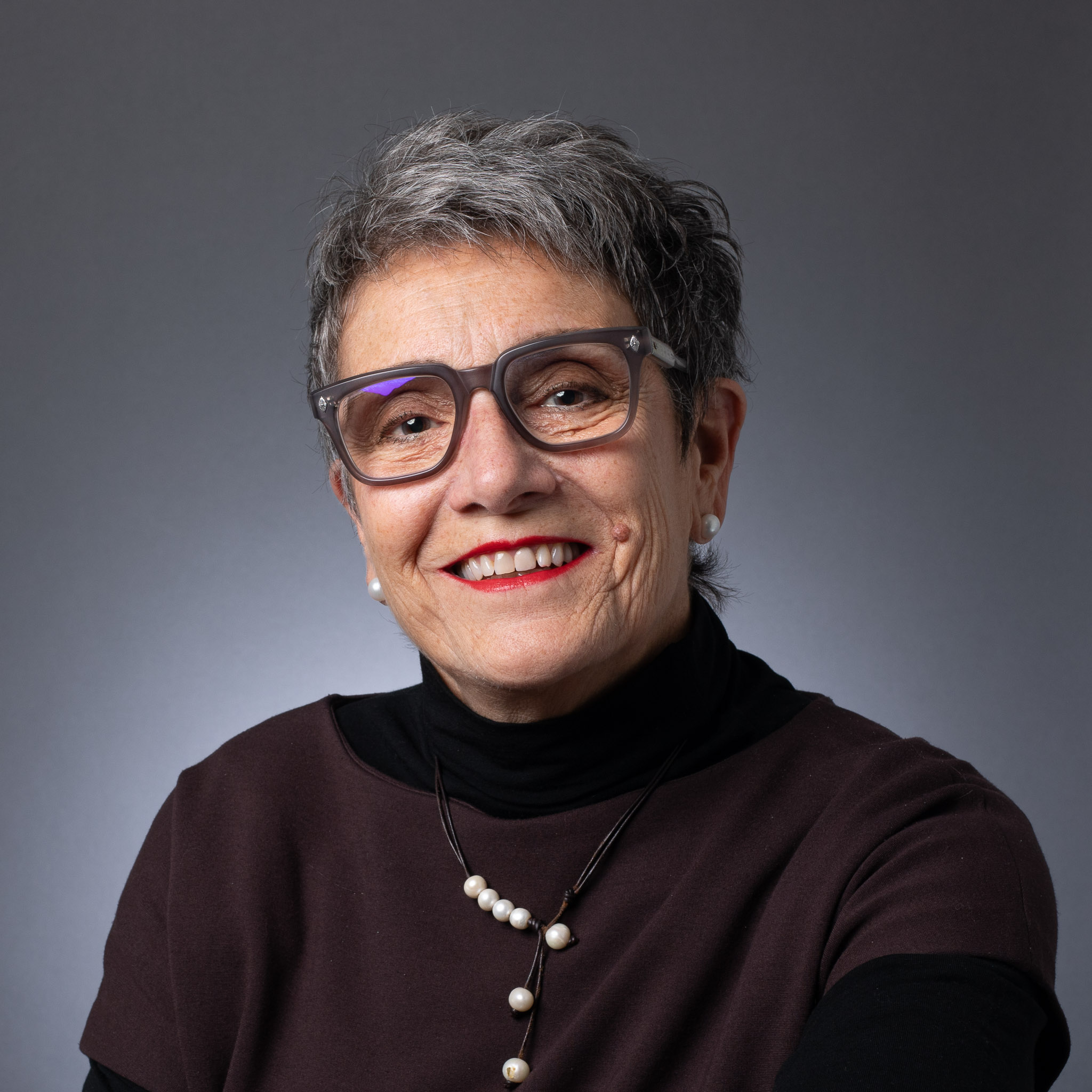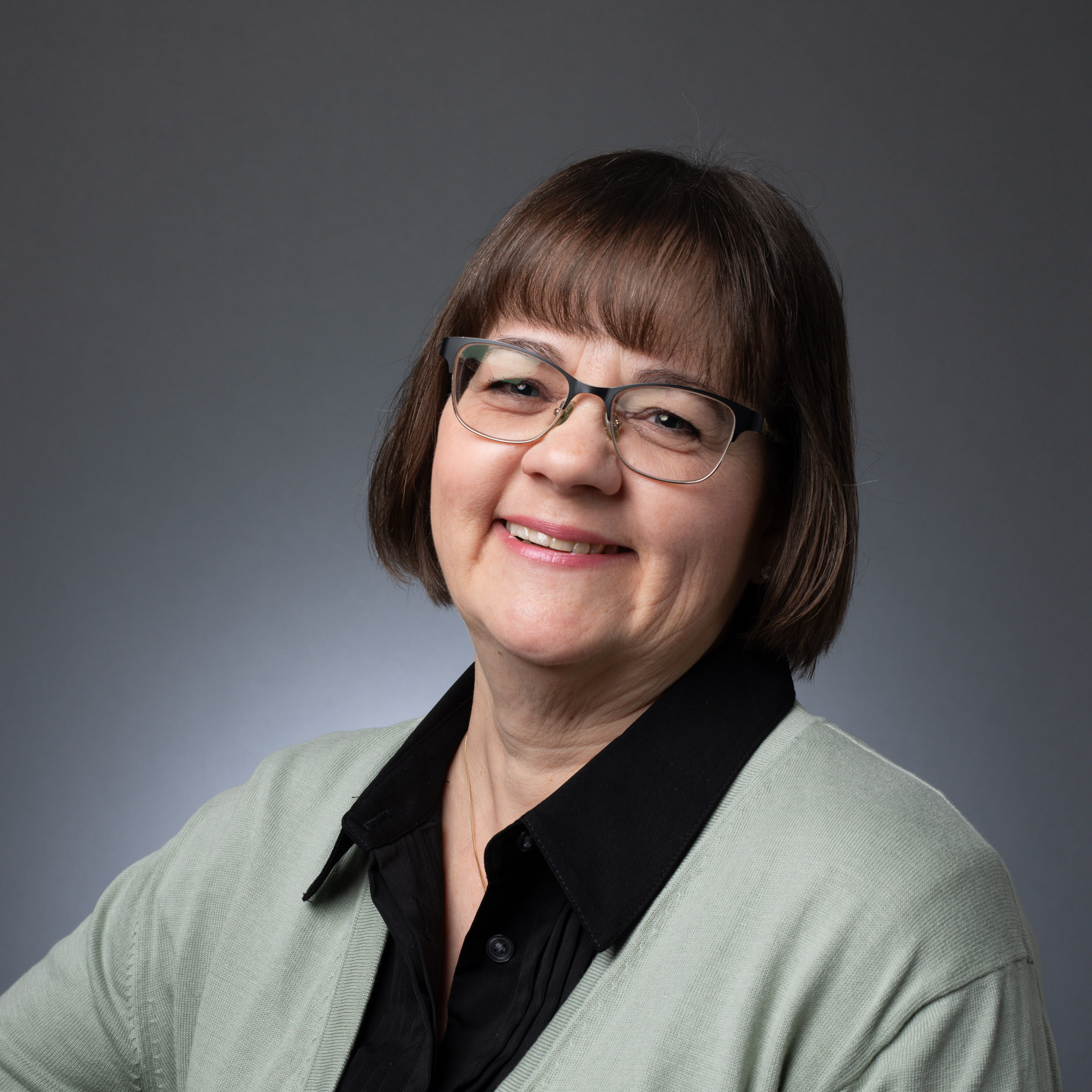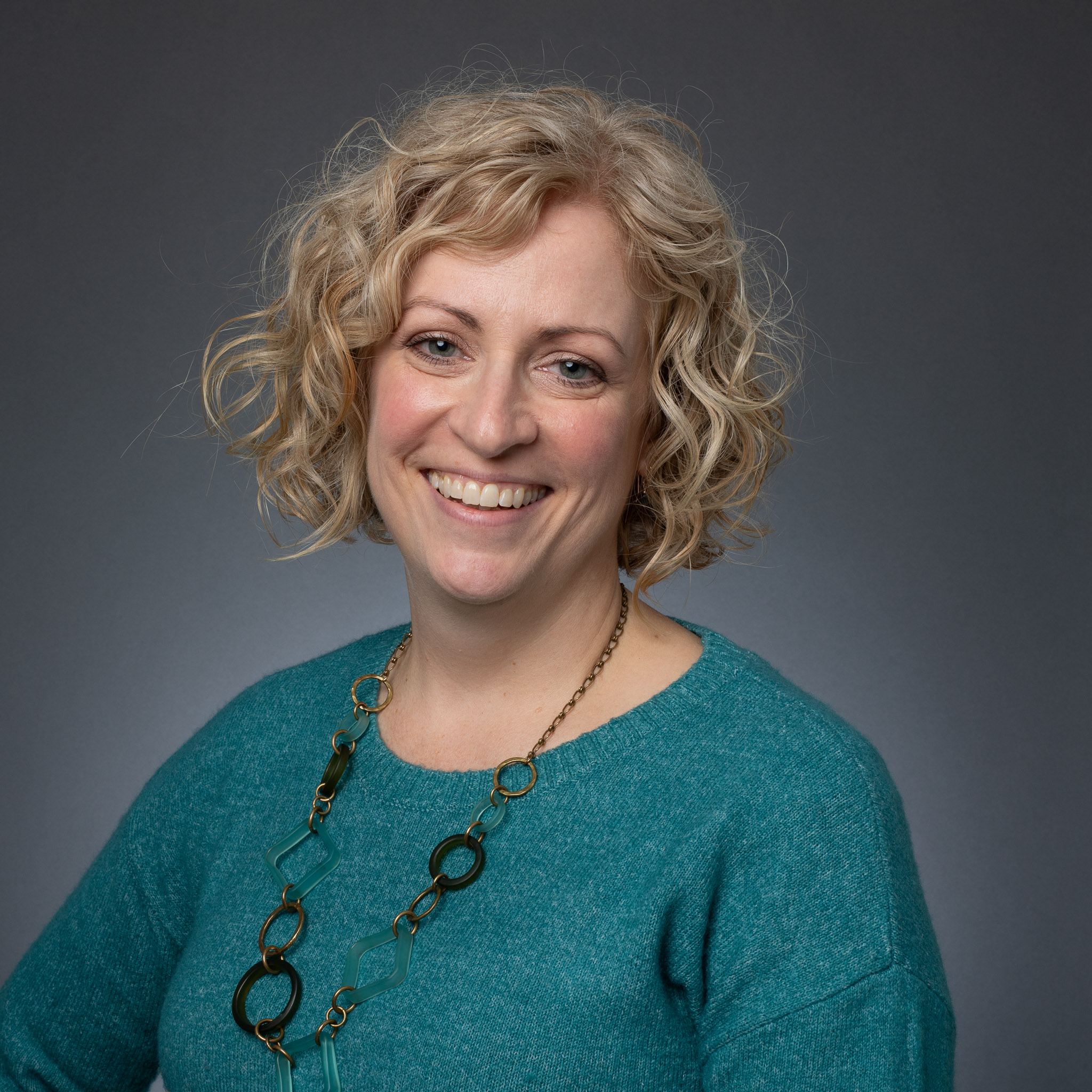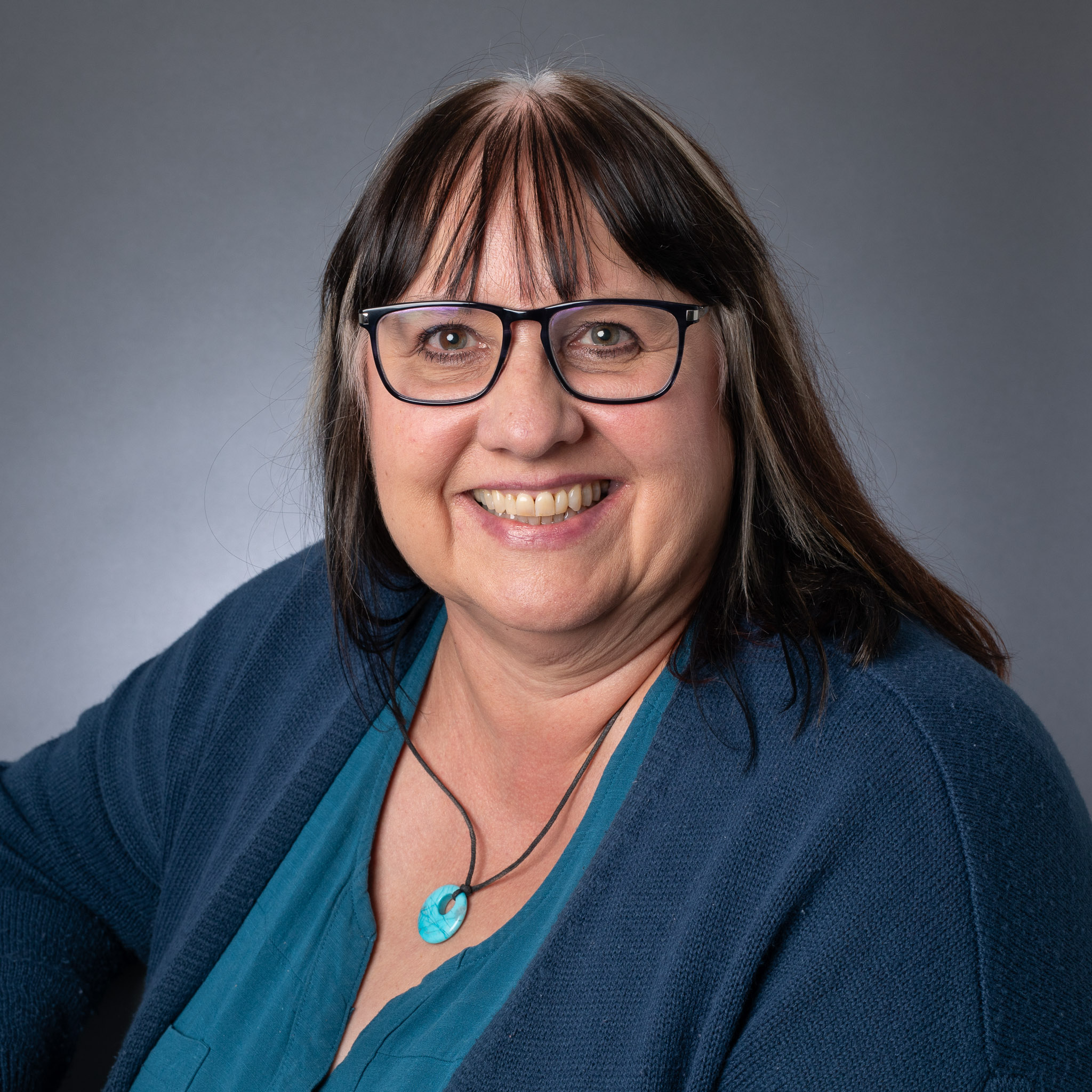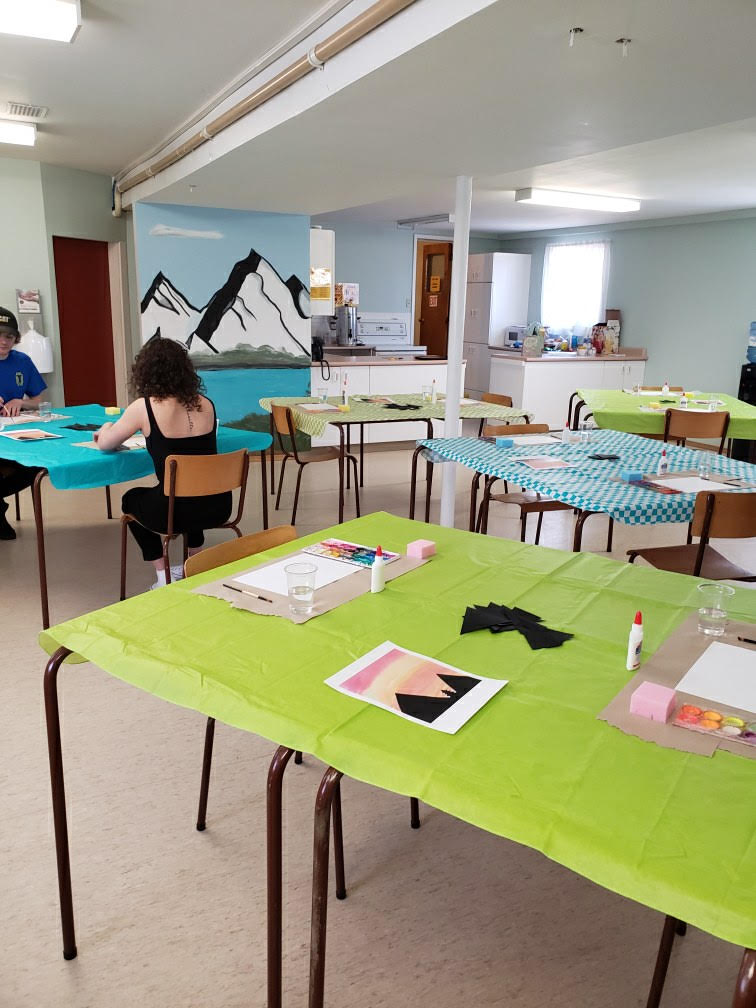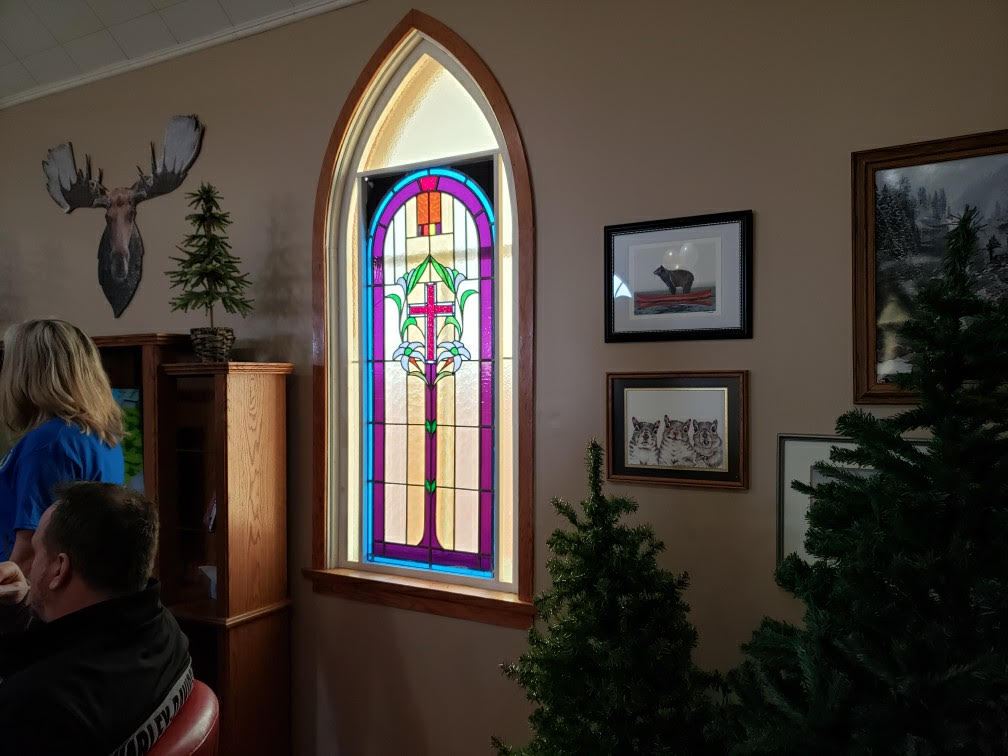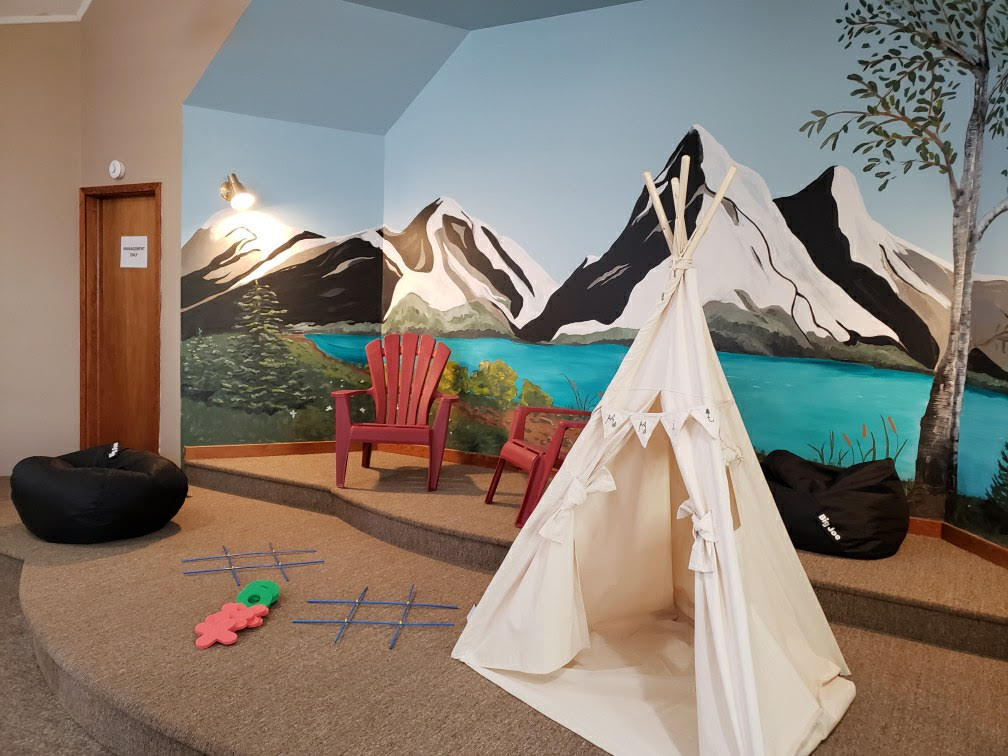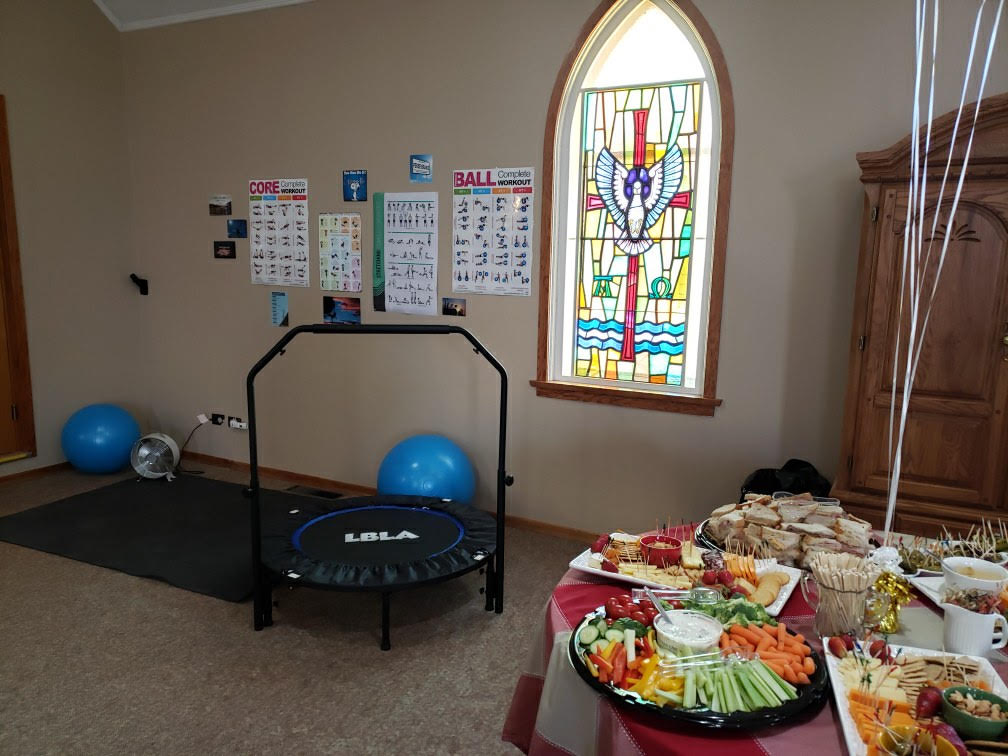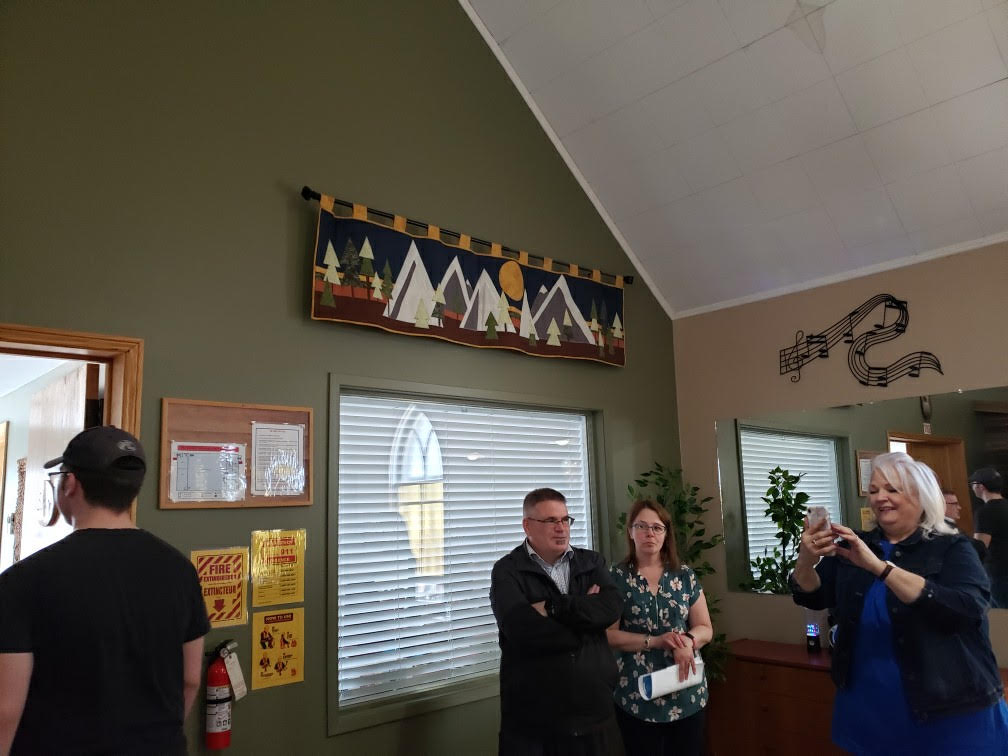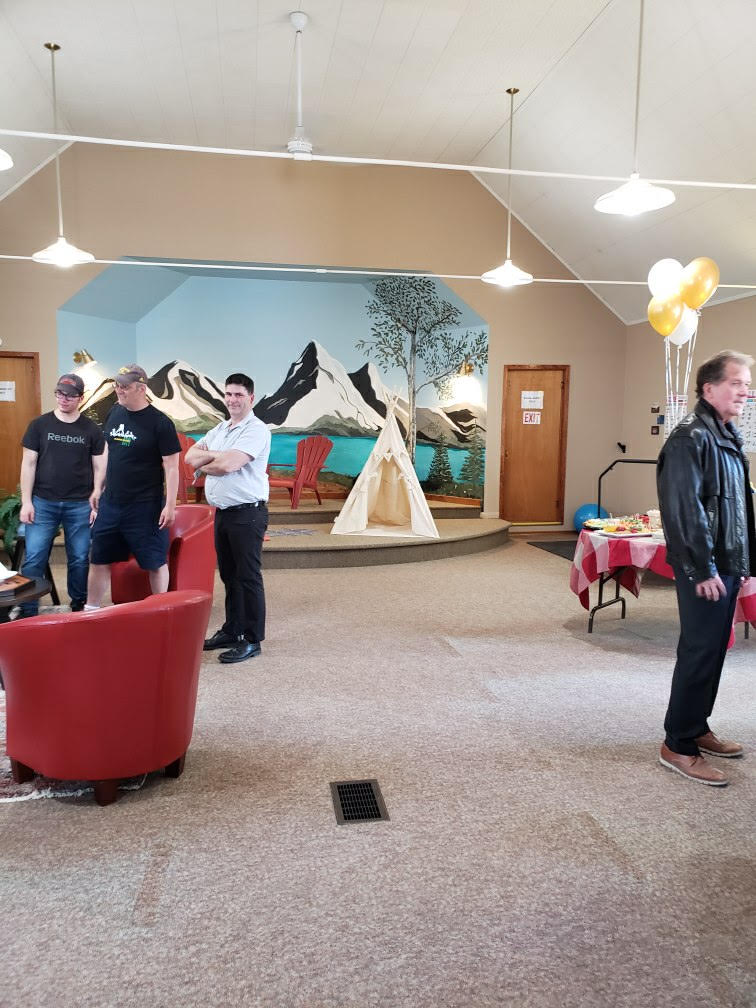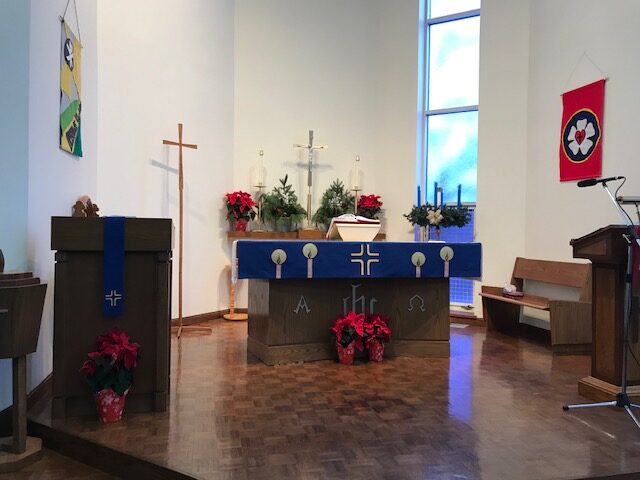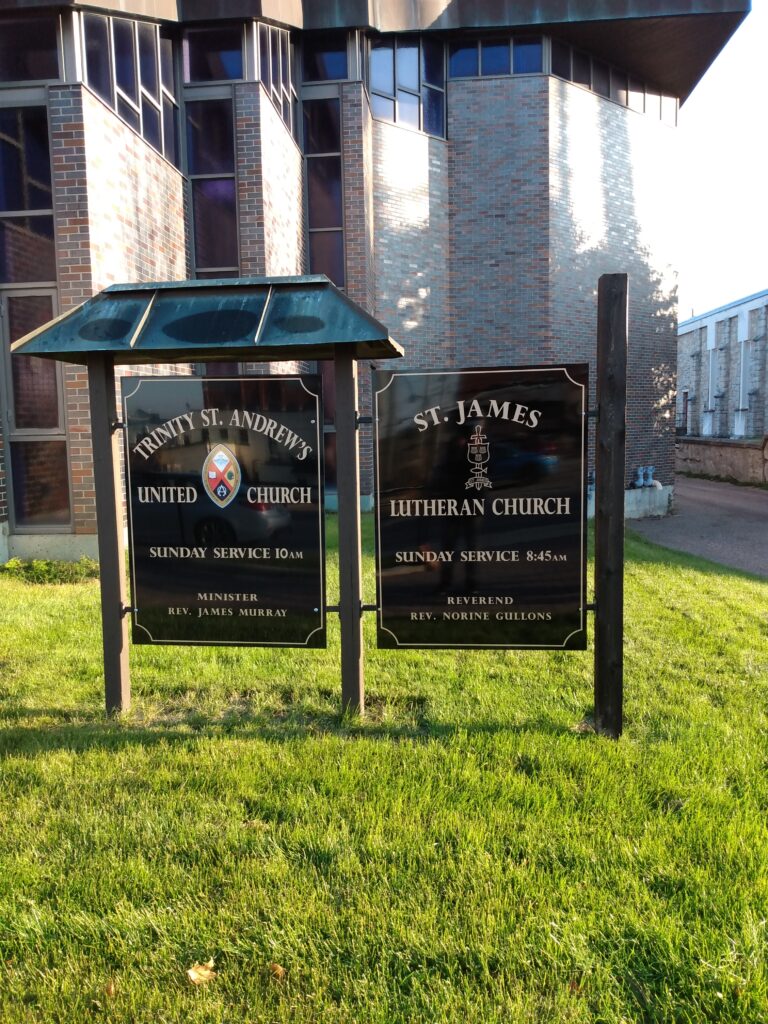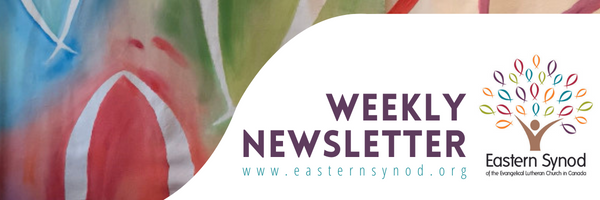
The Eastern Synod Weekly is a convenient source for information, updates, announcements and resources to support the life of our Synod. It is our hope that The Eastern Synod Weekly will replace most of our individual mailers.
You can expect these weekly communications each Friday by noon.
We encourage you to share, tweet, and forward these updates as necessary.
ARCHIVED MAILERS
| Eastern Synod Weekly – Week 188 | June 27, 2025 | ||
| Eastern Synod Weekly – Week 187 | June 20, 2025 | ||
| Eastern Synod Weekly – Week 186 | June 13, 2025 | ||
| Eastern Synod Weekly – Week 185 | June 6, 2025 | ||
| Eastern Synod Weekly – Week 184 | May 30, 2025 | ||
| Eastern Synod Weekly – Week 183 | May 23, 2025 | ||
| Eastern Synod Weekly – Week 182 | May 16, 2025 | ||
| Eastern Synod Weekly – Week 181 | May 9, 2025 | ||
| Eastern Synod Weekly – Week 180 | May 2, 2025 | ||
| Eastern Synod Weekly – Week 179 | April 25, 2025 | ||
| Eastern Synod Weekly – Week 178 | April 17, 2025 | ||
| Eastern Synod Weekly – Week 177 | April 11, 2025 | ||
| Eastern Synod Weekly – Week 176 | April 4, 2025 | ||
| Eastern Synod Weekly – Week 175 | March 28, 2025 | ||
| Eastern Synod Weekly – Week 174 | March 21, 2025 | ||
| Eastern Synod Weekly – Week 173 | March 14, 2025 | ||
| Eastern Synod Weekly – Week 172 | March 7, 2025 | ||
| Eastern Synod Weekly – Week 171 | Feb 28,2025 | ||
| Eastern Synod Weekly – Week 170 | Feb 21, 2025 | ||
| Eastern Synod Weekly – Week 169 | Feb 14, 2025 | ||
| Eastern Synod Weekly – Week 168 | Feb 7, 2025 | ||
| Eastern Synod Weekly – Week 167 | Jan 31, 2025 | ||
| Eastern Synod Weekly – Week 166 | Jan 24, 2025 | ||
| Eastern Synod Weekly – Week 165 | Jan 17, 2025 | ||
| Eastern Synod Weekly – Week 164 | Jan 10, 2025 | ||
| Eastern Synod Weekly – Week 163 | Dec 20, 2024 | ||
| Eastern Synod Weekly – Week 162 | Dec 13, 2024 | ||
| Eastern Synod Weekly – Week 161 | Dec 6, 2024 | ||
| Eastern Synod Weekly – Week 160 | Nov 29, 2024 | ||
| Eastern Synod Weekly – Week 159 | Nov 22, 2024 | ||
| Eastern Synod Weekly – Week 158 | Nov 15, 2024 | ||
| Eastern Synod Weekly – Week 157 | Nov 8, 2024 | ||
| Eastern Synod Weekly – Week 156 | Nov 1, 2024 | ||
| Eastern Synod Weekly – Week 155 | Oct 25, 2024 | ||
| Eastern Synod Weekly – Week 154 | Oct 18, 2024 | ||
| Eastern Synod Weekly – Week 153 | Oct 11, 2024 | ||
| Eastern Synod Weekly – Week 152 | Oct 4, 2024 | ||
| Eastern Synod Weekly – Week 151 | Sept 27, 2024 | ||
| Eastern Synod Weekly – Week 150 | Sept 20, 2024 | ||
| Eastern Synod Weekly – Week 149 | Sept 13, 2024 | ||
| Eastern Synod Weekly – Week 148 | Sept 6, 2024 | ||
| Eastern Synod Weekly – Week 147 | Aug 30, 2024 | ||
| Eastern Synod Weekly – Week 146 | Aug 16, 2024 | ||
| Eastern Synod Weekly – Week 145 | Aug 2, 2024 | ||
| Eastern Synod Weekly – Week 144 | July 19, 2024 | ||
| Eastern Synod Weekly – Week 143 | July 5, 2024 | ||
| Eastern Synod Weekly – Week 142 | June 14, 2024 | ||
| Eastern Synod Weekly – Week 141 | June 7, 2024 | ||
| Eastern Synod Weekly – Week 140 | May 31, 2024 | ||
| Eastern Synod Weekly – Week 139 | May 24, 2024 | ||
| Eastern Synod Weekly – Week 138 | May 17, 2024 | ||
| Eastern Synod Weekly – Week 137 | May 10, 2024 | ||
| Eastern Synod Weekly – Week 136 | May 3, 2024 | ||
| Eastern Synod Weekly – Week 135 | April 26, 2024 | ||
| Eastern Synod Weekly – Week 134 | April 19, 2024 | ||
| Eastern Synod Weekly – Week 133 | April 12, 2024 | ||
| Eastern Synod Weekly – Week 132 | April 5, 2024 | ||
| Eastern Synod Weekly – Week 131 | March 28, 2024 | ||
| Eastern Synod Weekly – Week 130 | March 22, 2024 | ||
| Eastern Synod Weekly – Week 129 | March 15, 2024 | ||
| Eastern Synod Weekly – Week 128 | March 8, 2024 | ||
| Eastern Synod Weekly – Week 127 | March 1, 2024 | ||
| Eastern Synod Weekly – Week 126 | February 23, 2024 | ||
| Eastern Synod Weekly – Week 125 | February 16, 2024 | ||
| Eastern Synod Weekly – Week 124 | February 9, 2024 | ||
| Eastern Synod Weekly – Week 123 | February 2, 2024 | ||
| Eastern Synod Weekly – Week 122 | January 26, 2024 | ||
| Eastern Synod Weekly – Week 121 | January 19, 2024 | ||
| Eastern Synod Weekly – Week 120 | January 12, 2024 | ||
| Eastern Synod Weekly – Week 119 | January 5, 2024 | ||
| Eastern Synod Weekly – Week 118 | December 22, 2023 | ||
| Eastern Synod Weekly – Week 117 | December 15, 2023 | ||
| Eastern Synod Weekly – Week 116 | December 8, 2023 | ||
| Eastern Synod Weekly – Week 115 | December 1, 2023 | ||
| Eastern Synod Weekly – Week 114 | November 24, 2023 | ||
| Eastern Synod Weekly – Week 113 | November 17, 2023 | ||
| Eastern Synod Weekly – Week 112 | November 10, 2023 | ||
| Eastern Synod Weekly – Issue 111 | November 3, 2023 | ||
| Eastern Synod Weekly – Issue 110 | October 27, 2023 | ||
| Eastern Synod Weekly – Issue 109 | October 20, 2023 | ||
| Eastern Synod Weekly – Issue 108 | October 13, 2023 | ||
| Eastern Synod Weekly – Issue 107 | October 6, 2023 | ||
| Eastern Synod Weekly – Issue 106 | September 29, 2023 | ||
| Eastern Synod Weekly – Issue 105 | September 22, 2023 | ||
| Eastern Synod Weekly – Issue 104 | September 15, 2023 | ||
| Eastern Synod Weekly – Issue 103 | September 8, 2023 | ||
| Eastern Synod Weekly – Issue 102 | September 1, 2023 | ||
| Eastern Synod Weekly – Issue 101 | August 25, 2023 | ||
| Eastern Synod Weekly – Issue 100 | August 18, 2023 | ||
| Eastern Synod Weekly – Issue 99 | August 11, 2023 | ||
| Eastern Synod Weekly – Issue 98 | August 4, 2023 | ||
| Eastern Synod Weekly – Issue 97 | July 28, 2023 | ||
| Eastern Synod Weekly – Issue 96 | July 21, 2023 | ||
| Eastern Synod Weekly – Issue 95 | July 14, 2023 | ||
| Eastern Synod Weekly – Issue 94 | July 7, 2023 | ||
| Eastern Synod Weekly – Issue 93 | June 30, 2023 | ||
| Eastern Synod Weekly – Issue 92 | June 23, 2023 | ||
| Eastern Synod Weekly – Issue 91 | June 16, 2023 | ||
| Eastern Synod Weekly – Issue 90 | June 9, 2023 | ||
| Eastern Synod Weekly – Issue 89 | June 2, 2023 | ||
| Eastern Synod Weekly – Issue 88 | May 26, 2023 | ||
| Eastern Synod Weekly – Issue 87 | May 19, 2023 | ||
| Eastern Synod Weekly – Issue 86 | May 12, 2023 | ||
| Eastern Synod Weekly – Issue 85 | May 5, 2023 | ||
| Eastern Synod Weekly – Issue 84 | April 28, 2023 | ||
| Eastern Synod Weekly – Issue 83 | April 21, 2023 | ||
| Eastern Synod Weekly – Issue 82 | April 14, 2023 | ||
| Eastern Synod Weekly – Issue 81 | April 6, 2023 | ||
| Eastern Synod Weekly – Issue 80 | March 31, 2023 | ||
| Eastern Synod Weekly – Issue 79 | March 24, 2023 | ||
| Eastern Synod Weekly – Issue 78 | March 17, 2023 | ||
| Eastern Synod Weekly – Issue 77 | March 10, 2023 | ||
| Eastern Synod Weekly – Issue 76 | March 3, 2023 | ||
| Eastern Synod Weekly – Issue 75 | February 24, 2023 | ||
| Eastern Synod Weekly – Issue 74 | February 17, 2023 | ||
| Eastern Synod Weekly – Issue 73 | February 10, 2023 | ||
| Eastern Synod Weekly – Issue 72 | February 3, 2023 | ||
| Eastern Synod Weekly – Issue 71 | January 27, 2023 | ||
| Eastern Synod Weekly – Issue 70 | January 20, 2023 | ||
| Eastern Synod Weekly – Issue 69 | January 13, 2023 | ||
| Eastern Synod Weekly – Issue 68 | January 6, 2023 | ||
| Eastern Synod Weekly – Issue 67 | December 23, 2022 | ||
| Eastern Synod Weekly – Issue 66 | December 16, 2022 | ||
| Eastern Synod Weekly – Issue 65 | December 9, 2022 | ||
| Eastern Synod Weekly – Issue 64 | December 2, 2022 | ||
| Eastern Synod Weekly – Issue 63 | November 25, 2022 | ||
| Eastern Synod Weekly – Issue 62 | November 18, 2022 | ||
| Eastern Synod Weekly – Issue 61 | November 11, 2022 | ||
| Eastern Synod Weekly – Issue 60 | November 4, 2022 | ||
| Eastern Synod Weekly – Issue 59 | October 28, 2022 | ||
| Eastern Synod Weekly – Issue 58 | October 21, 2022 | ||
| Eastern Synod Weekly – Issue 57 | October 14, 2022 | ||
| Eastern Synod Weekly – Issue 56 | October 7, 2022 | ||
| Eastern Synod Weekly – Issue 55 | September 30, 2022 | ||
| Eastern Synod Weekly – Issue 54 | September 23, 2022 | ||
| Eastern Synod Weekly – Issue 53 | September 16, 2022 | ||
| Eastern Synod Weekly – Issue 52 | September 9, 2022 | ||
| Eastern Synod Weekly – Issue 51 | August 26, 2022 | ||
| Eastern Synod Weekly – Issue 50 | August 19, 2022 | ||
| Eastern Synod Weekly – Issue 49 | August 12, 2022 | ||
| Eastern Synod Weekly – Issue 48 | August 5, 2022 | ||
| Eastern Synod Weekly – Issue 47 | July 29, 2022 | ||
| Eastern Synod Weekly – Issue 46 | July 22, 2022 | ||
| Eastern Synod Weekly – Issue 45 | July 15, 2022 | ||
| Eastern Synod Weekly – Issue 43 | July 8, 2022 | ||
| Eastern Synod Weekly – Issue 42 | June 30, 2022 | ||
| Eastern Synod Weekly – Issue 41 | June 24, 2022 | ||
| Eastern Synod Weekly – Issue 40 | June 17, 2022 | ||
| Eastern Synod Weekly – Issue 39 | June 10, 2022 | ||
| Eastern Synod Weekly – Issue 38 | June 3, 2022 | ||
| Eastern Synod Weekly – Issue 37 | May 27, 2022 | ||
| Eastern Synod Weekly – Issue 36 | May 20, 2022 | ||
| Eastern Synod Weekly – Issue 35 | May 13, 2022 | ||
| Eastern Synod Weekly – Issue 34 | May 6, 2022 | ||
| Eastern Synod Weekly – Issue 33 | April 29, 2022 | ||
| Eastern Synod Weekly – Issue 32 | April 22, 2022 | ||
| Eastern Synod Weekly – Issue 31 | April 14, 2022 | ||
| Eastern Synod Weekly – Issue 30 | April 8, 2022 | ||
| Eastern Synod Weekly – Issue 29 | April 1, 2022 | ||
| Eastern Synod Weekly – Issue 27 | March 25,2022 | ||
| Eastern Synod Weekly – Issue 26 | March 18, 2022 | ||
| Eastern Synod Weekly – Issue 25 | March 11, 2022 | ||
| Eastern Synod Weekly – Issue 24 | March 4, 2022 | ||
| Eastern Synod Weekly – Issue 23 | February 25, 2022 | ||
| Eastern Synod Weekly – Issue 22 | February 18, 2022 | ||
| Eastern Synod Weekly – Issue 21 | February 11, 2022 | ||
| Eastern Synod Weekly – Issue 20 | February 4, 2022 | ||
| Eastern Synod Weekly – Issue 19 | January 28, 2022 | ||
| Eastern Synod Weekly – Issue 18 | January 21, 2022 | ||
| Eastern Synod Weekly – Issue 17 | January 14, 2022 | ||
| Eastern Synod Weekly – Issue 16 | January 7, 2022 | ||
| Eastern Synod Weekly – Issue 15 | December 17, 2021 | ||
| Eastern Synod Weekly – Issue 14 | December 10, 2021 | ||
| Eastern Synod Weekly – Issue 13 | December 3, 2021 | ||
| Eastern Synod Weekly – Issue 12 | November 26, 2021 | ||
| Eastern Synod Weekly – Issue 11 | November 19, 2021 | ||
| Eastern Synod Weekly – Issue 10 | November 12, 2021 | ||
| Eastern Synod Weekly – Issue 9 | November 5, 2021 | ||
| Eastern Synod Weekly – Issue 8 | October 29, 2021 | ||
| Eastern Synod Weekly – Issue 7 | October 22, 2021 | ||
| Eastern Synod Weekly – Issue 6 | October 15, 2021 | ||
| Eastern Synod Weekly – Issue 5 | October 8, 2021 | ||
| Eastern Synod Weekly – Issue 4 | October 1, 2021 | ||
| Eastern Synod Weekly – Issue 3 | September 24, 2021 | ||
| Eastern Synod Weekly – Issue 2 | September 17, 2021 | ||
| Eastern Synod Weekly – Issue 1 | September 10, 2021 |
